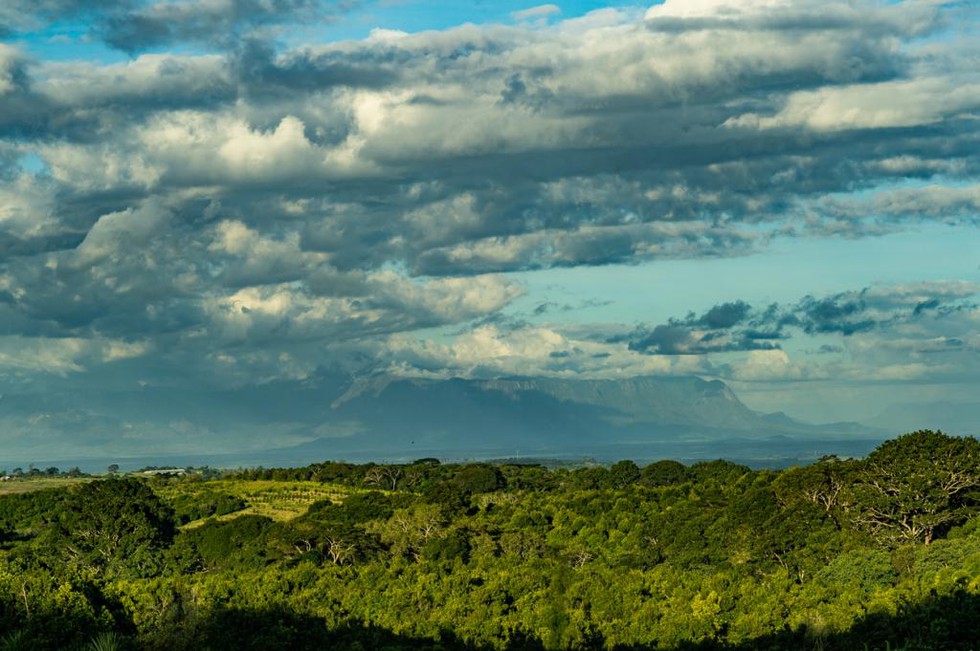Although modern humans have inhabited Earth for over 100,000 years, our understanding of planetary lifeforms remains limited, particularly in regions like Africa, which continue to reveal ecological surprises. One such region is the South East Africa Montane Archipelago (SEAMA).
Discovery of SEAMA
SEAMA, located in bountiful African regions considered the birthplace of modern Homo sapiens, was recently recognized as a new ecoregion. Spanning from northern Mozambique to Mount Mulanje in Malawi, it harbors a wealth of previously undocumented biodiversity.
Extent and Survey of SEAMA
The SEAMA ecoregion includes various sites, with Mount Mulanje in Malawi and Mabu, Namuli, and Lico in Mozambique being some extensively surveyed areas. However, many sites in Mozambique remain unexplored scientifically.
Biodiversity in SEAMA
A study led by Professor Julian Bayliss and his team unveiled a remarkable diversity in SEAMA, documenting numerous previously undescribed species of plants, vertebrates, and invertebrates, including strictly endemic reptile species.
Importance and Threats to SEAMA
SEAMA’s unique biodiversity underscores its global biological significance, prompting proposals for its recognition as a distinct ecoregion. However, it faces severe deforestation threats, primarily due to agricultural practices and charcoal production, necessitating urgent conservation efforts.
Multiple Choice Questions (MCQ):
- What is SEAMA?
- A) An ancient archaeological site in Africa.
- B) A newly recognized ecoregion in Africa.
- C) A mountain range in Southern Africa.
- D) A wildlife reserve in Mozambique.
- How many species were documented in the study of SEAMA?
- A) 200
- B) 217
- C) 199
- D) 227
- What is the primary cause of deforestation in SEAMA?
- A) Urbanization
- B) Mining activities
- C) Agricultural practices
- D) Climate change
- Who led the study on SEAMA’s biodiversity?
- A) Professor Julian Assange
- B) Professor Julian Bayliss
- C) Professor Julian Smith
- D) Professor Julian Rodriguez
